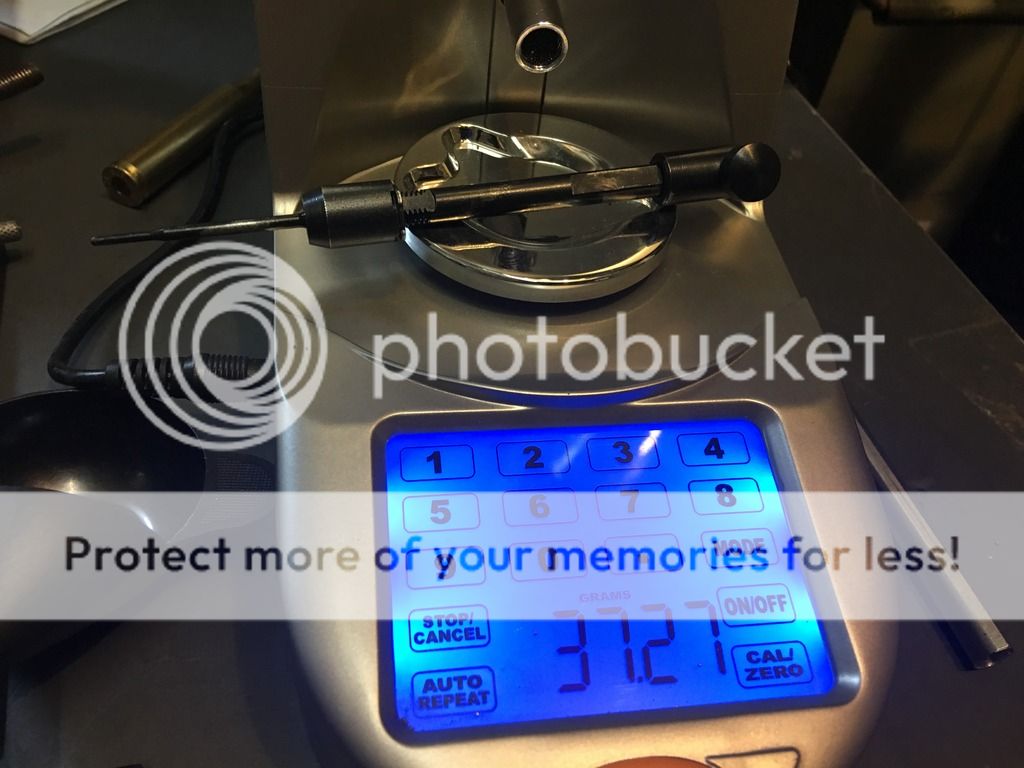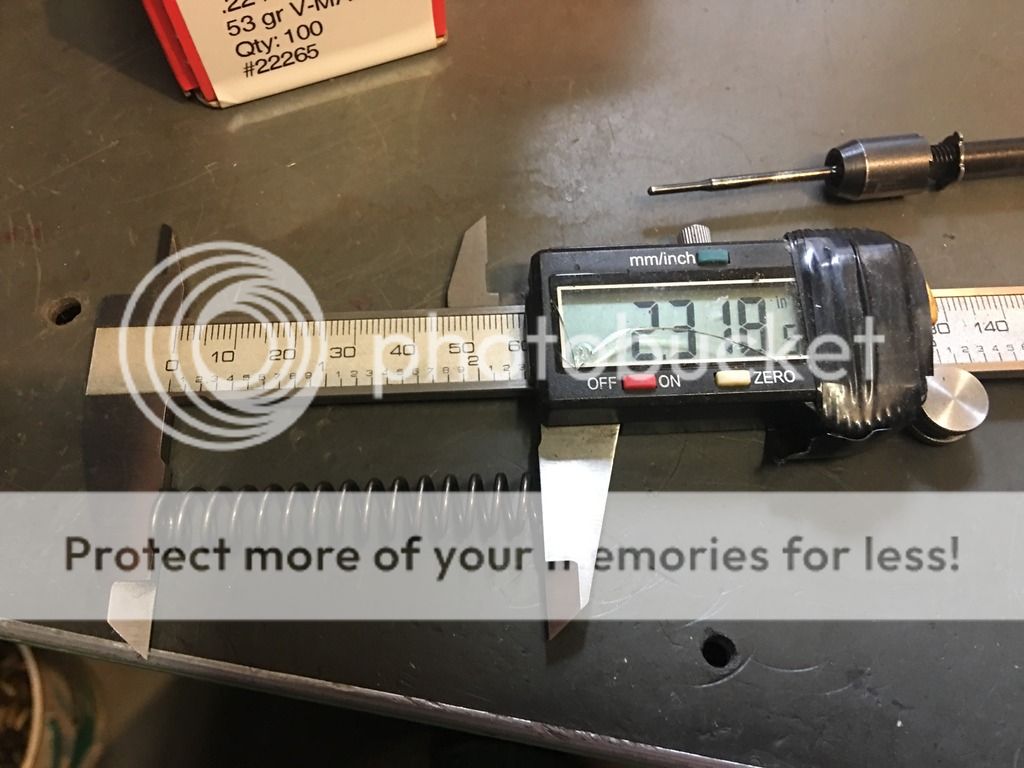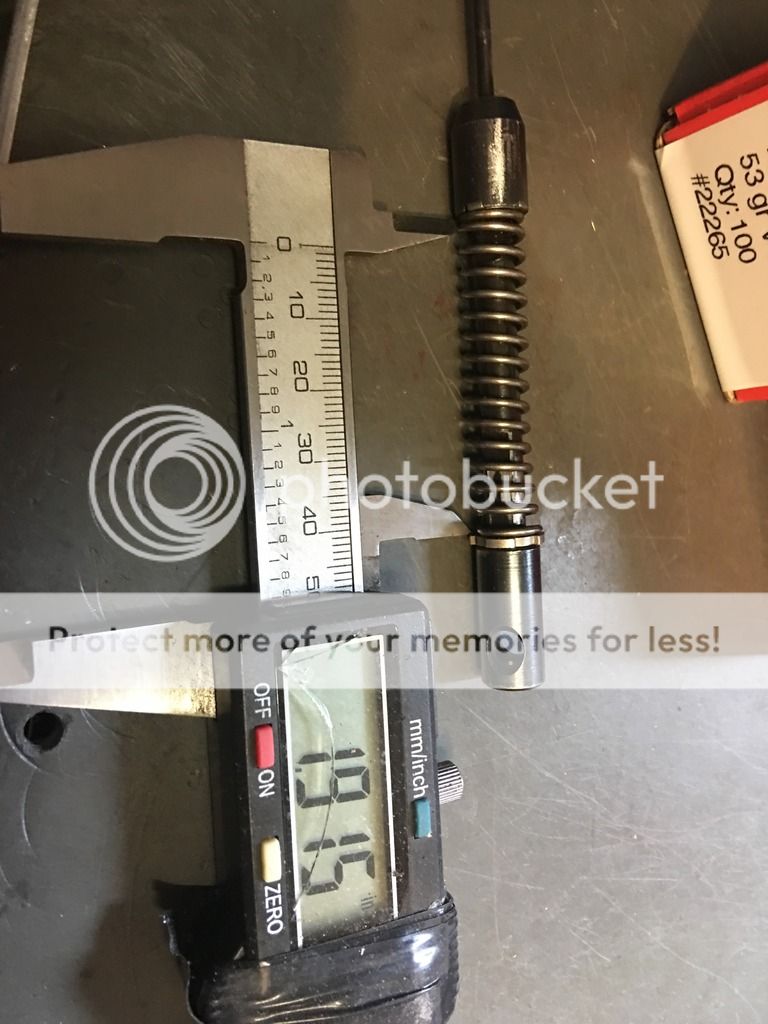Demi-human
maybe likes firearms a little bit…
That is hilarious. I needed that. Thank you very kindly.8)
Last edited:
Last time I checked, all Savage centerfires have just under 2 ms lock time. Some say fastest of all factory centerfire actions. Rem and Win have about 3 ms lock times and have heavier firing pins than Savage.
I think Savage is even worse than the Rem 700.
They both need a new trigger, barrel, stock, lug.
We have clearly had two different experiences with Savage rifles. I've never felt the need to replace an Accutrigger and once I tune one and polish the surfaces, I doubt anyone would agree it could be improved. Barrel? Are you kidding? Savage barrels are well known for their accuracy. I've been able to achieve well below MOA groups to 300 yards with every "factory" Savage I've owned, and they all had the "flimsy" sporter tupperware stock - not the Accustock - OR a heavy barrel. Not sure why you've had the issues you have with Savages but I'm completely sold on them for the best value in hunting rifles.
I may be in the twilight zone with you then.I am assuming, unless I am in the twilight zone, he was being sarcastic in his post.
In my limited experience, my Savage rifles have some of the fastest lock times of anything I've ever shot.
I once sold an excellent sporterized Swede 6.5x55 specifically due to the slow lock time. Remingtons - to me - have a medium-slow lock time.
We have clearly had two different experiences with Savage rifles. I've never felt the need to replace an Accutrigger and once I tune one and polish the surfaces, I doubt anyone would agree it could be improved. Barrel? Are you kidding? Savage barrels are well known for their accuracy. I've been able to achieve well below MOA groups to 300 yards with every "factory" Savage I've owned, and they all had the "flimsy" sporter tupperware stock - not the Accustock - OR a heavy barrel. Not sure why you've had the issues you have with Savages but I'm completely sold on them for the best value in hunting rifles.
someguy2800 said:Savage makes absolute top quality barrels, the receivers are always true and correctly drilled,





